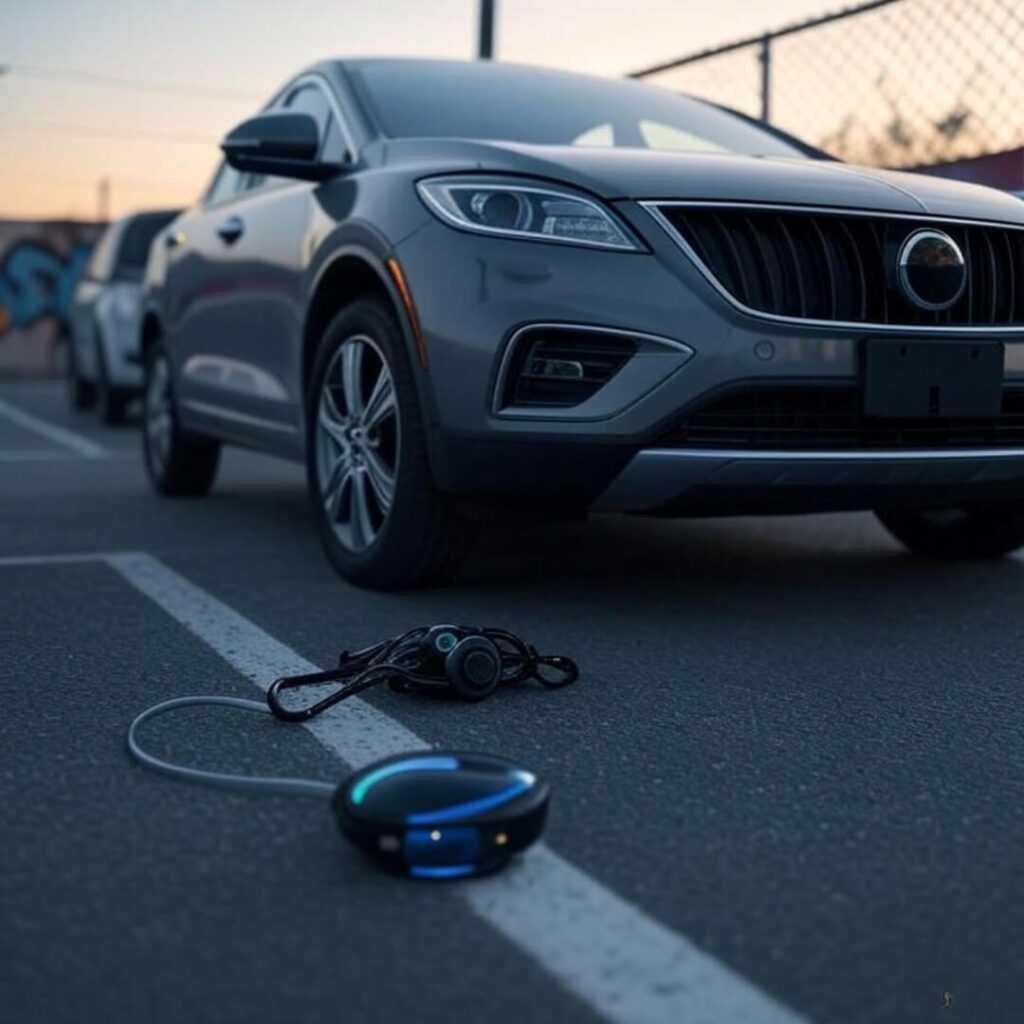Self-driving cars, man, they’re like something out of a fever dream I had after too many energy drinks. I’m sprawled on my sagging couch in my Brooklyn shoebox apartment, the smell of burnt toast from my busted toaster lingering, and I’m just obsessed with the idea of cars driving themselves. Like, I nearly sideswiped a delivery bike on Flatbush last week because I was messing with my phone—imagine a car just handling that. But, real talk, how close are we to full autonomy? I’m no tech bro, just a dude who’s dodged enough potholes to know the world’s a mess. I’m stoked, but, like, also kinda freaking out, and I got some dumb stories to spill.
Why Self-Driving Cars Got Me Pumped (and Paranoid)
So, I was in Phoenix a couple months back for my cousin’s wedding—115 degrees, my shirt was sticking to me like glue. My Uber drivers are all casual, like, “Yo, Waymo’s got these driverless cars everywhere.” My jaw dropped. I Googled it later, and Waymo’s been testing fully autonomous cars there since, what, 2020? (Waymo’s site). No driver, no stress, just a car vibing. I’m picturing myself kicking back, scrolling X, while AI dodges traffic. But then I remember seeing a Tesla on Autopilot swerve weird near a construction zone in the Bronx. My heart was like, “Bruh, is this thing going to crash?” Self-driving tech’s dope, but the real world’s got potholes, jaywalkers, and those Citi Bike dudes who don’t give a damn.
Here’s what’s messing with my head about driverless cars:
- AI’s kinda fire: Lidar, cameras, radar—these cars see better than me when I’m half-asleep at the wheel.
- But, like, oopsies happen: I read about a Cruise car just freezing in San Francisco, blocking traffic for hours (The Verge). That’s my nightmare.
- Safety’s a mood: Humans cause 94% of crashes, says NHTSA (NHTSA), so robot cars could save lives, but I’m not trusting them with my bodega run yet.

My Embarrassing Autopilot Fiasco
Okay, so last summer, I rented a Tesla for a weekend trip to the Catskills, thinking I’m going to be all cool with Autopilot. I’m cruising up the Taconic, trees blurring by, feeling like I’m in a sci-fi flick. I flip on Autopilot, and it’s smooth for, like, ten minutes. Then this deer—swear it was laughing at me—darts out. Autopilot’s chill, but I’m losing it, grabbing the wheel, and I spill my iced coffee all over my shorts. My buddy’s howling, like, “Yo, you’re the worst robot ever.” I’m still mortified. That whole mess showed me self-driving tech is cool, but it isn’t ready for deer or my dumb decision to hold a coffee while “testing” it. I’m too much of a control freak, I guess.
That moment’s burned into my brain. Full autonomy means the car’s got to handle everything—deer, construction, that one cabbie who cuts you off with no blinker. Tesla’s site says their Full Self-Driving still needs “supervision” (Tesla), which is just them saying, “Don’t zone out, bro.” I want to believe in driverless cars, but I’m not ready to trust them with my coffee or my life.
Are We Legitimately Close to Full Autonomy?
Alright, let’s cut the crap. Full autonomy—Level 5, no human needed—is the dream, right? I’m staring out my window at a double-parked delivery van, honking echoing through the street, and I’m wondering if self-driving cars can handle this chaos. From what I’ve pieced together, we’re at Level 4 max, where autonomous vehicles can drive in certain spots but still need a human sometimes. Waymo’s crushing it in Phoenix, but only in specific areas (Reuters). I saw an X post hyping up driverless cars, like, “They’re here!” but then someone shared a clip of a robot car tripping over a traffic cone. I snorted my coffee.
Here’s my half-baked take:
- We’re sorta close: Waymo and Cruise are testing in real cities, but they’re chill places with good weather. NYC? Good luck.
- Tech’s not perfect: AI’s smart, but it can’t handle stuff like that time I saw a mattress on the BQE.
- Regulations suck: The feds are dragging their feet on full autonomy because nobody wants a robot car causing a pile-up (NHTSA).

Tips from a Dude Who’s Stoked (and Scared) About Self-Driving Cars
I’m no genius, just a guy who’s spent too much time stuck in traffic and daydreaming about robot cars. If you’re as hyped (and nervous) as me about self-driving tech, here’s my advice:
- Test it out:Rent a Tesla, play with Autopilot, and maybe don’t spill your coffee like me. It’s the best way to get it.
- Stay skeptical: Full autonomy’s cool, but don’t expect to nap in your car anytime soon.
- Scroll X for vibes: Search “self-driving cars” on X for real talk—some posts are wild, but you’ll see what’s up.

Wrapping This Mess Up
So, self-driving cars? They’re close enough to make me geek out but far enough that I’m still gripping the wheel like a lifeline. I’m sitting here, the smell of my neighbor’s cooking creeping through the vents, and I’m torn—part of me wants AI to handle this traffic nonsense, but part of me’s like, “Nah, I’ve seen too many stray cats and sketchy cabbies.” We’re probably a decade from full autonomy everywhere, but I’m cheering for it, even if I’ll miss yelling at bad drivers. Got thoughts? Jump on X, search “self-driving cars,” and hit me with your take—I’m curious.
































